Whenever I am learning a new piece for a performance, there seems to always come a moment when I just wish the steps could magically become ingrained in my body through osmosis from the teacher/choreographer to me. Unfortunately, that’s not quite the way dancing works….or is it?
|
I believe that we learn by practice. Whether it means to learn to dance by practicing
or to learn to live by practicing living, the principles are the same.
In each, it is the performance of a dedicated precise set of acts, physical or intellectual,
from which comes shape of achievement, a sense of one’s being, a satisfaction of spirit.”
–Martha Graham. Picture can be found here.
|
In order to learn a choreography, repetition is key. It’s funny how when you first learn the steps you are constantly thinking, looking at the teacher to make sure you’re in time with them, thinking about placement, about timing, about direction in space, about intention–lots and lots and lots of thinking. And also analysis; dancers are architects of their bodies and of musicality. We don’t simply copy a shape we see; we have to translate it to our bodies, and translation always requires some kind of interpretation only possible after analyzing the choreographer or teacher. It’s not just the movements that have to be interpreted, but even more so the intention. I’ve noticed over the past several years that the best choreographers and teachers come up with the most interesting metaphors in order to help the dancers understand the intentions of a movement.
Then, in learning a new piece, there comes a point when you’ve repeated the movements enough that they are ‘there’–in your body as dancers often put it. That magical osmosis has happened! (except it came not from magic, but from lots and lots of practice and work). It’s at this point that the steps seem to take on their own life and selves; and when you get to this point, there becomes a moment of liberation. It’s not that you’re no longer controlling every detail of your body, it’s that the muscles somehow allow the soul to be free because the mind is able to trust in muscle memory. Now that I write that, it sounds a little bit vague and like something out of a New Age magazine. But there is a science behind all of that, the term scientists and doctors use is proprioception–“The unconscious perception of movement and spatial orientation arising from stimuli within the body itself.” (And check out this great article from the NYTimes about ABT’s rehearsals and proprioception here.
All of the repetition in dance is to acquire that muscle memory. And once something is sewn into the muscles, its as if there is no escaping. Re-learning a dance for tour that I had not done in almost two years, I got stuck on a short phrase. I had an idea of the movements, but it just would not come out. I knew I was missing a few sounds or movements, and the movements I did remember felt awkward. I kept at the step though, thinking it might come if I just kept repeating the phrase. Not unlike memorizing a poem or song, when you forgot a line, going from the beginning seems to help….Over and over, different variations I went through the sequence; none were quite right, until–“That was it!” I did it right. And I did it right again. And again. But how did I even know it was right? My muscles and the sounds told me. They found the groove in the movements and everything fell into place. And that happened when I let go and stopped thinking too much about the step. It’s as if a part of your brain has to turn off; it’s placing faith in your body.
And there is something about performing a piece, especially multiple times, that seems to set those muscle memories in stone. It’s as if having shared those choreographic phrases with strangers, with the public, they somehow become your own. I suspect rehearsals for tour in the spring with Flamenco Vivo will go much more smoothly for me, as the pieces will still be fairly fresh in my muscle memory and I can focus more on the details rather than thinking through the sequences.
| A photo from The Soul of Flamenco fall tour. Visit http://www.flamencovivo30years.org/ for more info and tour dates! |



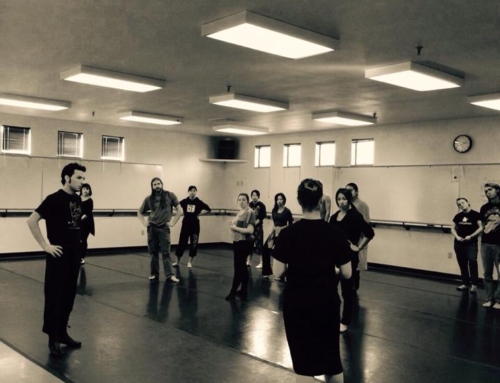
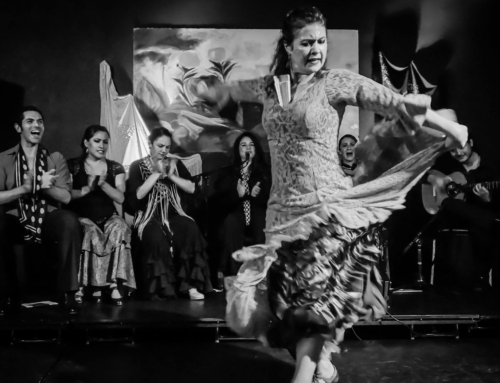



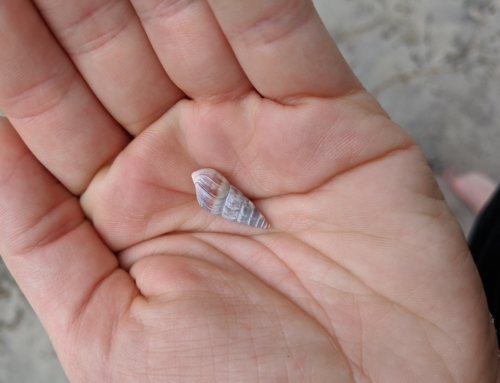
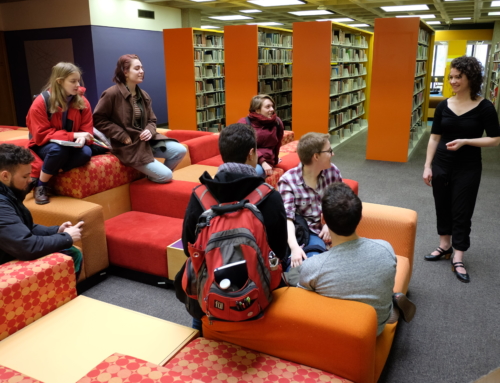
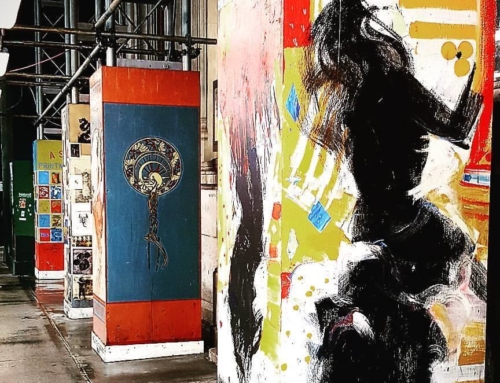
Leave A Comment